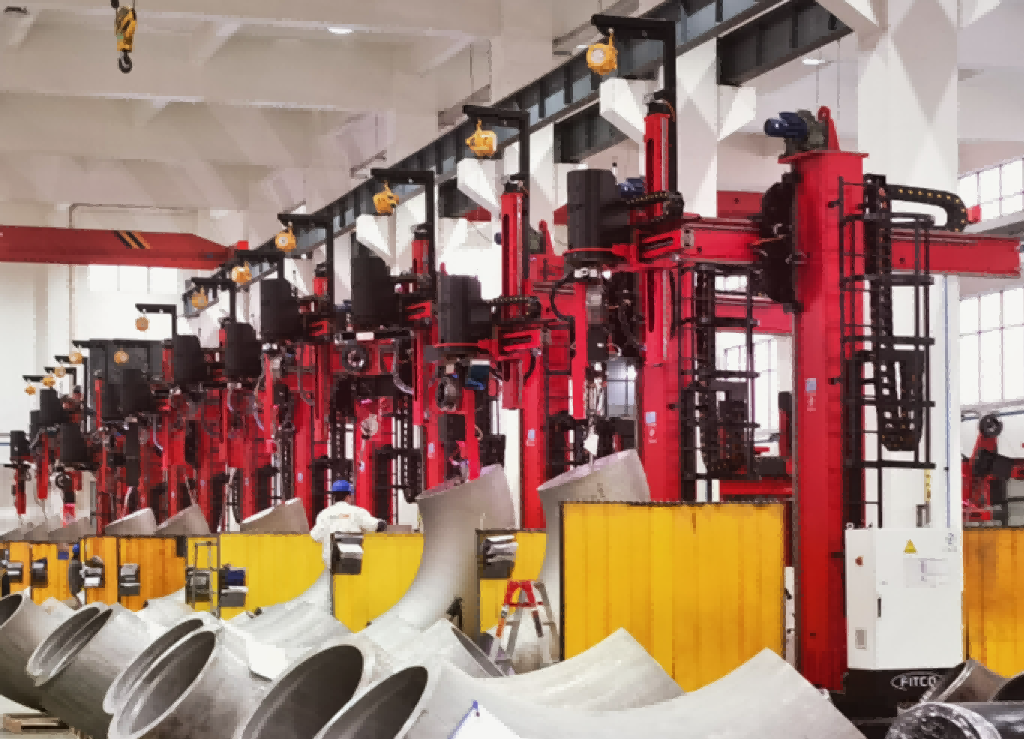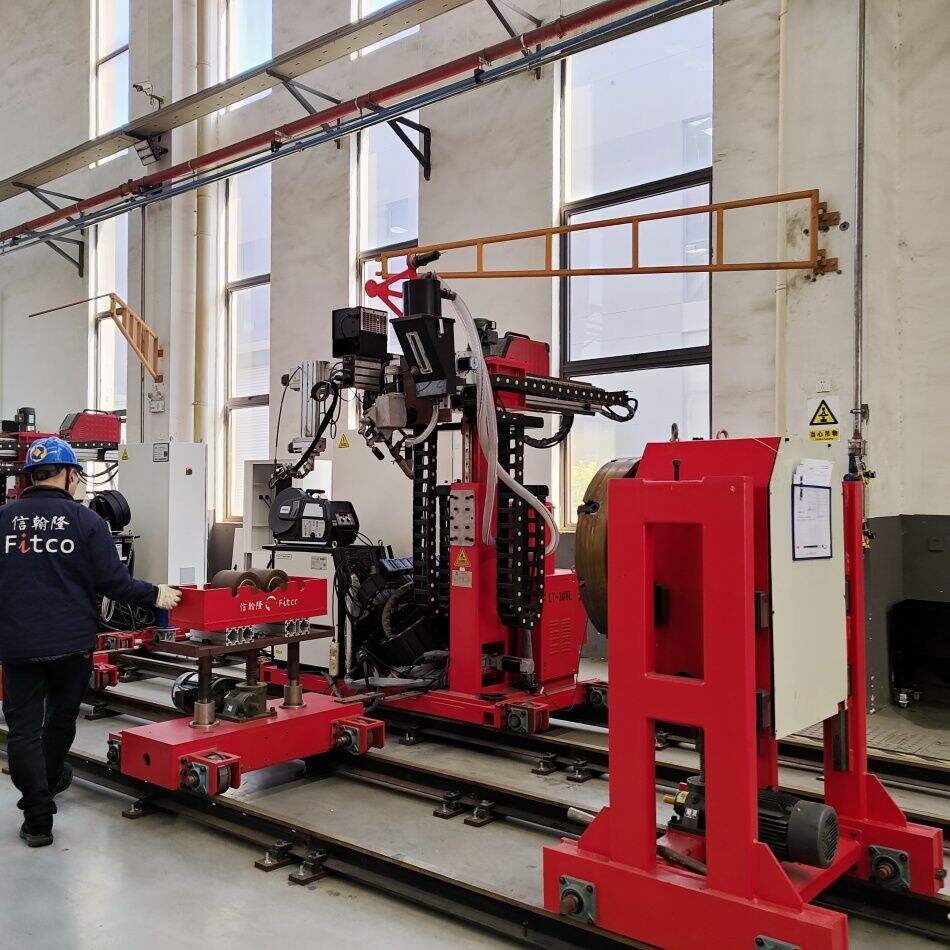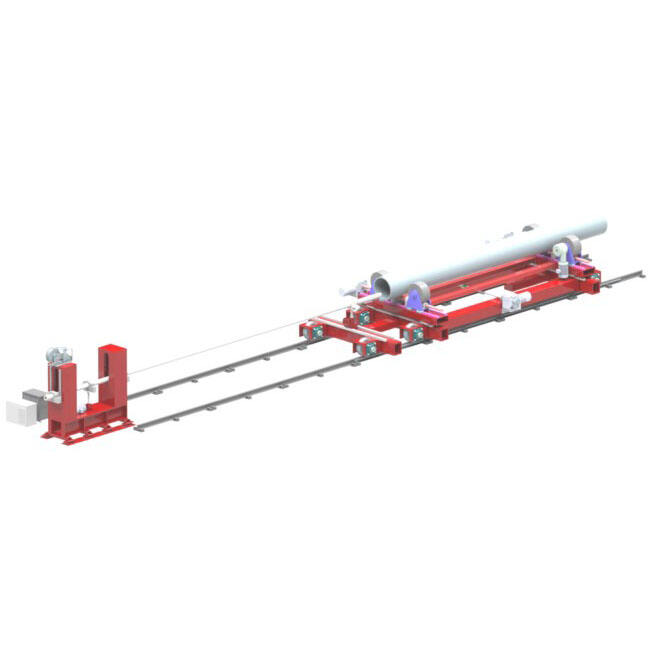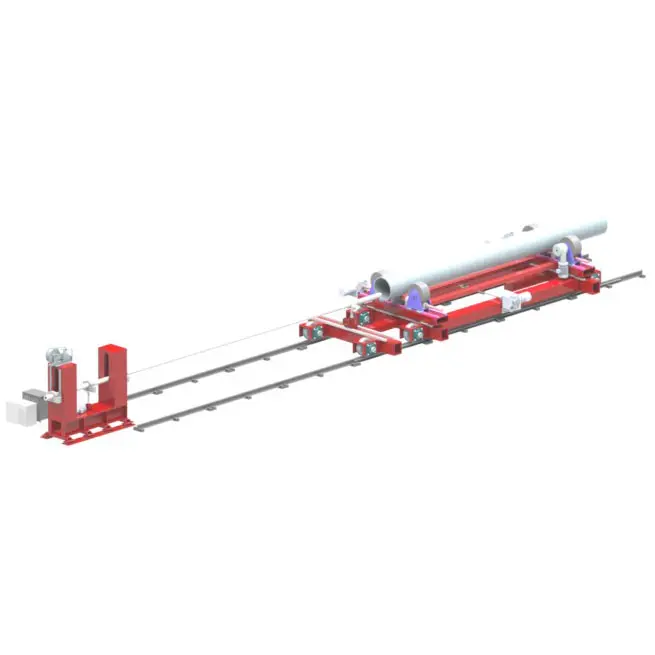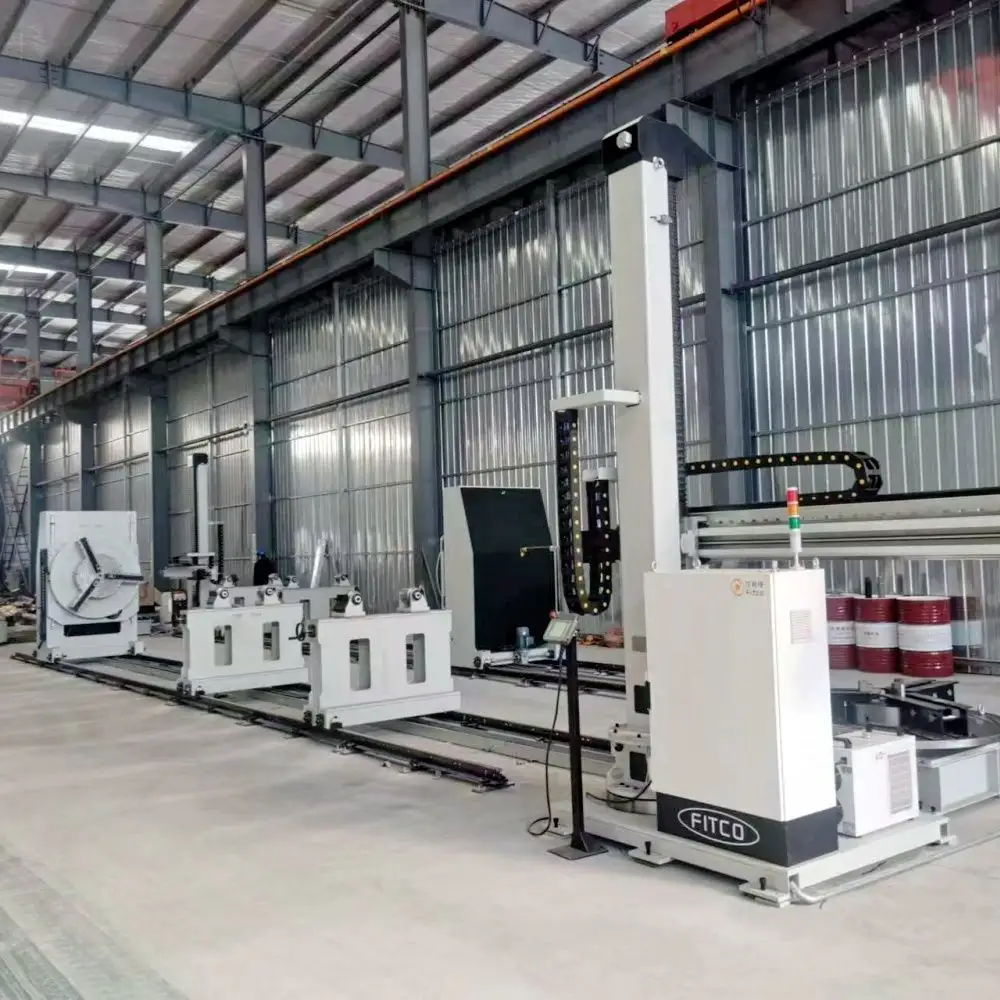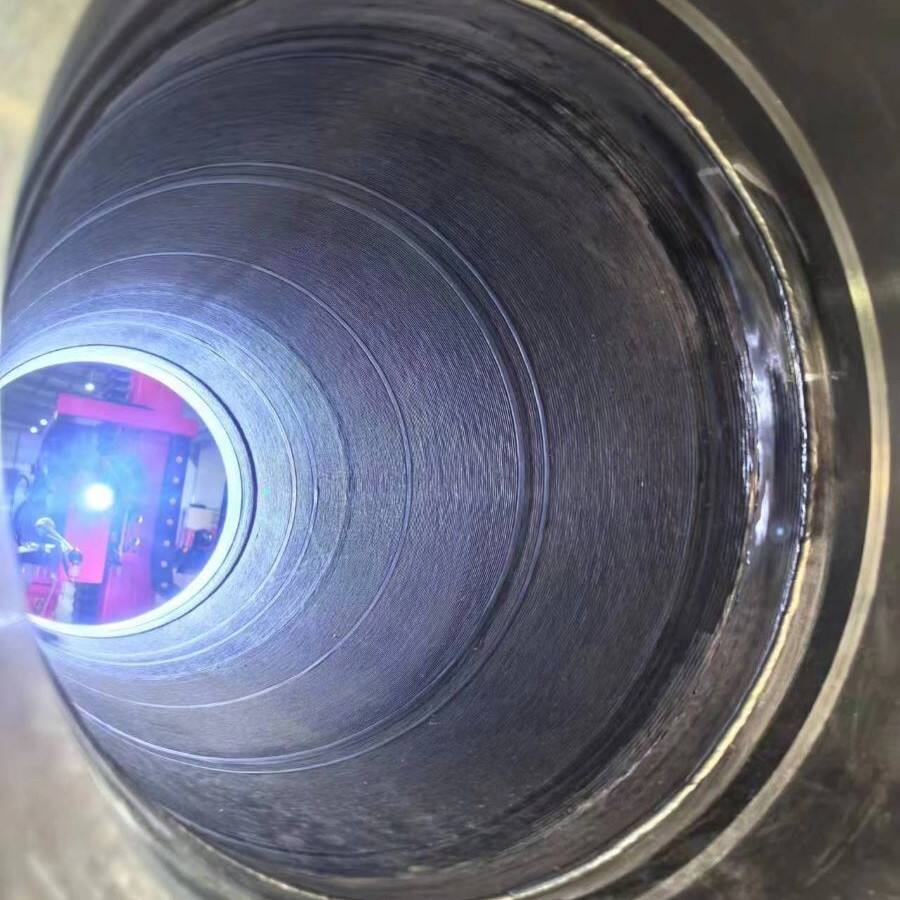hot wire tig cladding system
The hot wire TIG cladding system represents a cutting-edge advancement in welding technology, combining the precision of TIG welding with the efficiency of hot wire feeding. This innovative system enhances the traditional TIG process by preheating the filler wire through electrical resistance before it enters the weld pool. The system operates by passing an electrical current through the wire as it's fed into the welding area, achieving temperatures just below its melting point. This preheating process significantly improves deposition rates while maintaining the superior quality and control characteristic of TIG welding. The system incorporates sophisticated controls that precisely regulate wire temperature and feed speed, ensuring optimal performance across various applications. It's particularly valuable in industries requiring high-quality corrosion-resistant overlays, such as petrochemical, nuclear, and offshore installations. The technology allows for exceptional control over heat input and penetration, resulting in minimal dilution and superior metallurgical properties in the finished weld. Modern hot wire TIG cladding systems often feature advanced digital interfaces, enabling precise parameter control and monitoring capabilities that ensure consistent, high-quality results across extended operations.

 EN
EN
 AR
AR BG
BG HR
HR CS
CS DA
DA NL
NL FI
FI FR
FR DE
DE EL
EL HI
HI IT
IT JA
JA KO
KO NO
NO PL
PL PT
PT RO
RO RU
RU ES
ES SV
SV TL
TL IW
IW ID
ID LT
LT UK
UK SQ
SQ HU
HU TH
TH TR
TR FA
FA AF
AF CY
CY MK
MK LA
LA MN
MN KK
KK UZ
UZ KY
KY